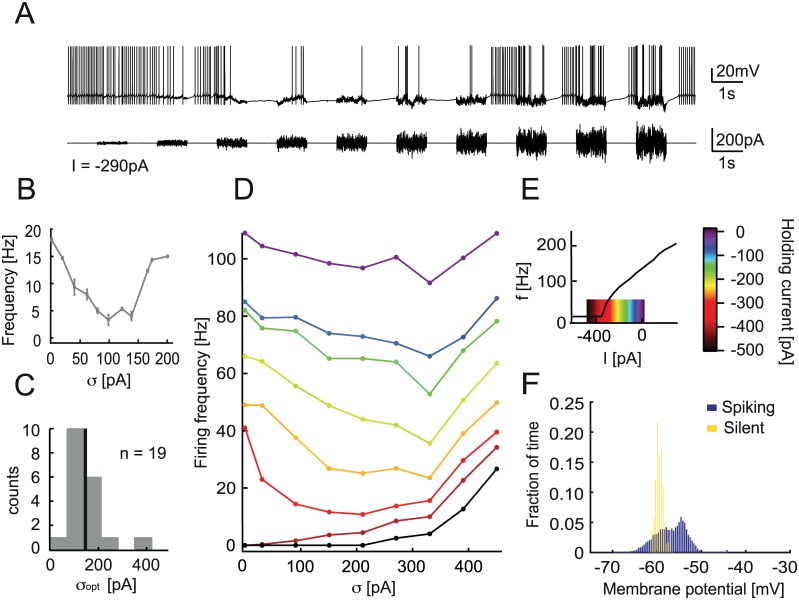Fig 1. Cerebellar Purkinje cells show inverse stochastic resonance (ISR).
A. Whole-cell patch-clamp recording from a Purkinje cell in a cerebellar slice, showing current injection of 1 s noise waveform periods with increasing amplitude, and recorded membrane potential Vm. Holding current is I = −290 pA. The firing rate of the Purkinje cell (PC) is reduced for intermediary noise amplitude. B. Firing frequency during 1 s noise injection vs. noise amplitude σ corresponding to the trace in A. Error bars indicate standard deviation. The firing rate is minimal for σ = 100 pA. C. ISR is observed in all Purkinje cells tested. Summary of optimal noise amplitude σ = 152.60 ± 64.42 pA (n = 19). D. ISR curve of a different PC, generated with a current injection protocol of continuously changing noise amplitude and for a series of holding currents, exploring the full range of the f-I curve (E). The firing rate is most reduced when the cell is hyperpolarized to the edge of the f-I curve step. The optimal noise amplitude for inhibition of firing is σ = 200 pA. E. Frequency vs. current generated with 1 s step current injections. The color code corresponds to the region explored for the ISR curve in D. F. Membrane potential distributions computed from a somatic whole-cell patch-clamp recording from a Purkinje cell during injection of a stimulus current evoking transitions between spiking and silent states (A).

